View of Montmartre with an illuminated Sacre-Cur.
(Photo:Stock Photosfrom MARCELLO LANDOLFI/Shutterstock)
On a hill overlooking Paris lies the neighborhood of Montmartre.
Visit and you may just find yourself inspired by art history.
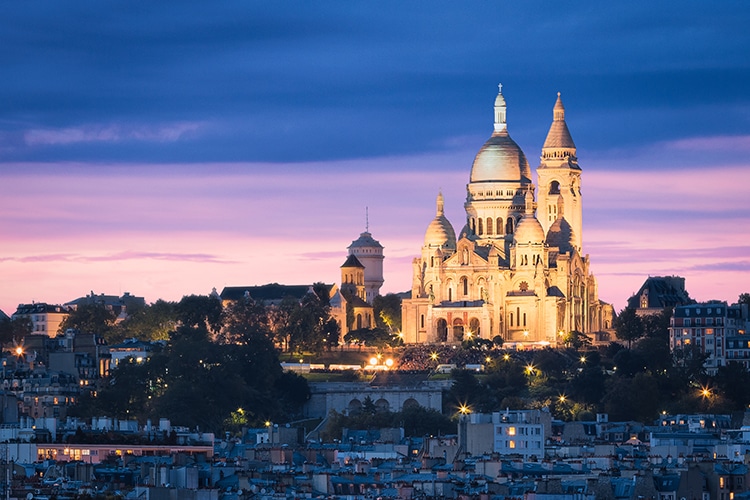
View of Montmartre with an illuminated Sacré-Cœur. (Photo:Stock Photosfrom MARCELLO LANDOLFI/Shutterstock)
Early Montmartre: Agrarian Influences and Windmills
Le Moulin de la Galette by Vincentvan Gogh, 1886.
The medieval city evolved outwards with narrow streets and a general lack of regularity.
The 19th century, however, was a time of great change for the ancient metropolis.
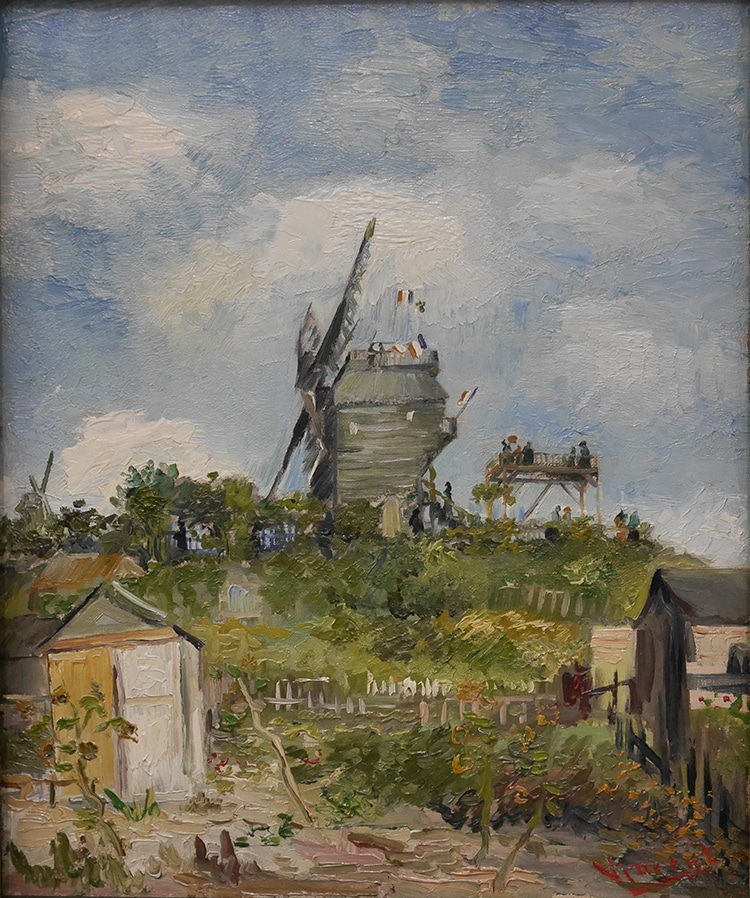
“Le Moulin de la Galette” by Vincentvan Gogh, 1886. (Photo:Wikimedia Commons, Public domain)
Beginning mid-century,Georges-Eugene Haussmannwas put in charge of carving large boulevards through Parisian neighborhoods to modernize the city.
Infrastructure was improved, parks were created, and the suburbs were annexed to the city.
In 1860, the suburban village of Montmartre became the city’s 18th arrondissement.

“Bal du Moulin de la Galette,” by Pierre-Auguste Renoir, 1876. (Photo:Wikimedia Commons, Public domain)
Bal du Moulin de la Galette, by Pierre-Auguste Renoir, 1876.
(Photo:Wikimedia Commons, Public domain)
Montmartre had been occupied since ancient times.
Set upon a hill, it was the site of the martyrdom of Saint Denis in 250 CE.
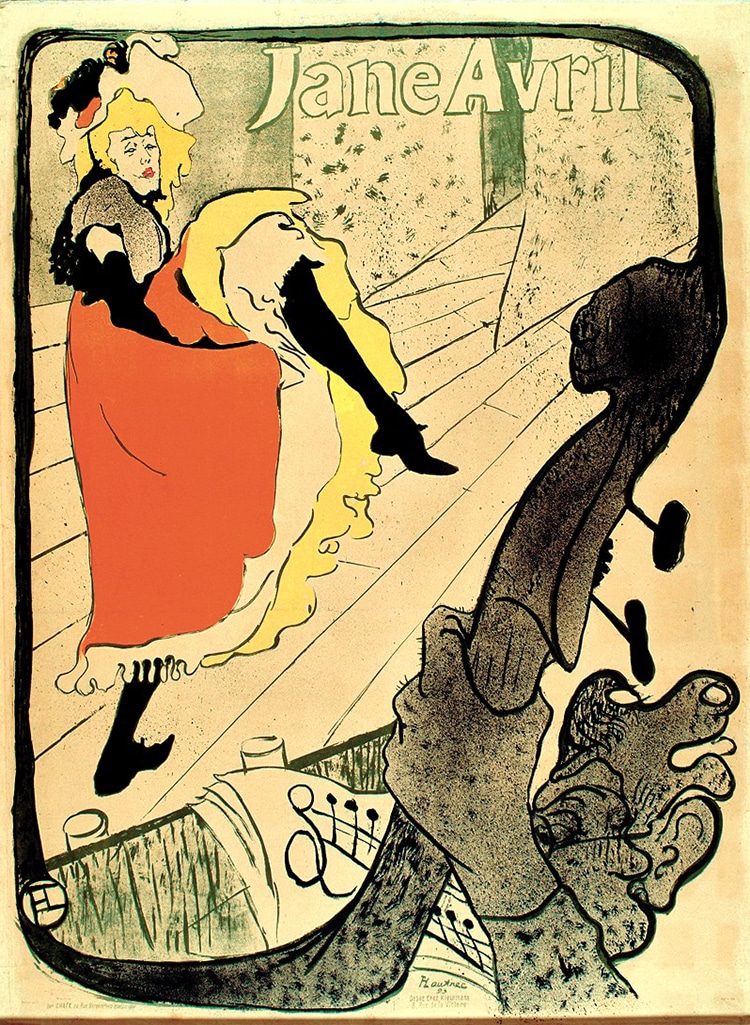
“Jane Avril,” by Henri de Toulouse-Lautrec, 1893. (Photo:The Metropolitan Museum of Art, Public domain)
Montmartre was also the site of the radical Paris Commune’s main resistance effort in 1871.
When Montmartre was incorporated into the official city limits, the area was still urbanizing.
Windmills and fields would appear for years to come in the works of Montmartre’s resident artists.

“Tournée du Chat Noir de Rodolphe Salis (Tour of Rodolphe Salis' Chat Noir),” by Théophile Alexandre Steinlen, 1896. (Photo:Wikimedia Commons, Public domain)
Cabarets and a Changing Culture
Jane Avril, by Henri de Toulouse-Lautrec, 1893.
Some of the windmills on the hill were converted into dance halls, and wine and conversation flowed.
A 17th-century windmill called Le Moulin de la Galette had served beverages since the 1830s.
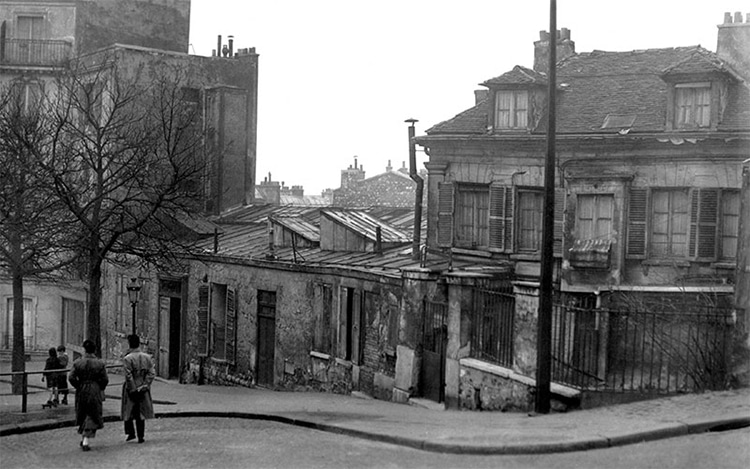
“Le Bateau Lavoir,” studio space of Modigliani and Picasso among others. (Photo:Wikimedia Commons, Public domain)
By the end of the century, a dance hall and viewing gallery had been added.
Painted by the likesHenri de Toulouse-LautrecandVincent van Gogh, the legendary hall hosted energetic cabarets and balls.
Nearby, the Moulin Rouge was established in 1889.
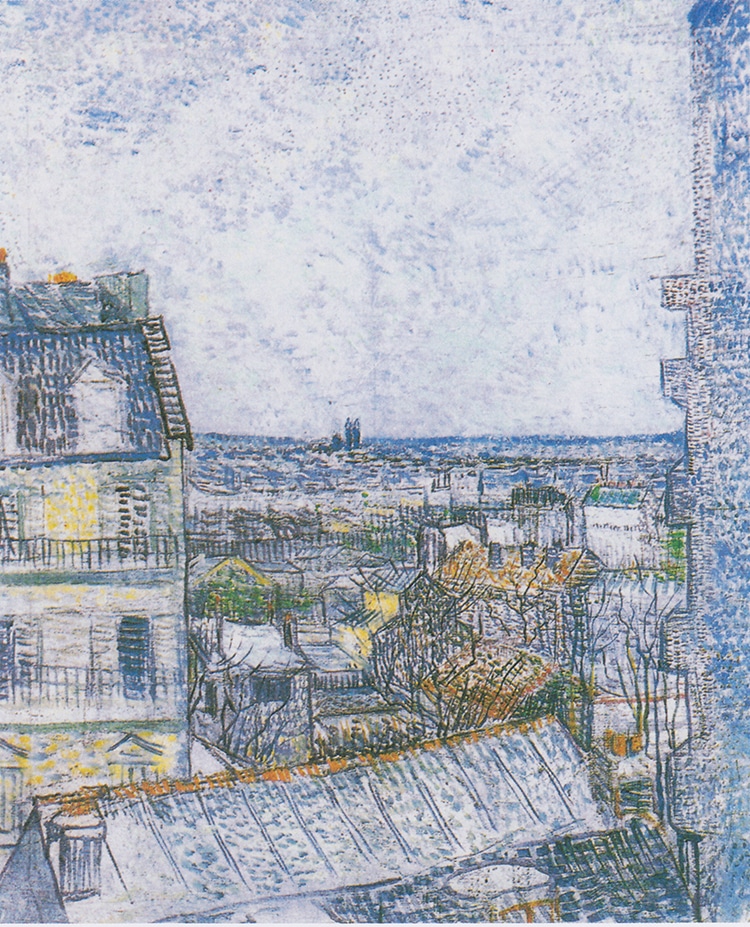
“View of Paris from Vincent’s Room in the Rue Lepic,” by Vincent van Gogh, 1887. (Photo:Wikimedia Commons, Public domain)
While not technically in Montmartre, the famous dance hallwhich originated the can-canis today a popular tourist attraction.
(Photo:Wikimedia Commons, Public domain)
Another famous cabaret of the Montmartre neighborhood isLe Chat Noir.
Cabarets sold affordable beverages and featured performances that challenged the stringent sexual mores of the bourgeois.
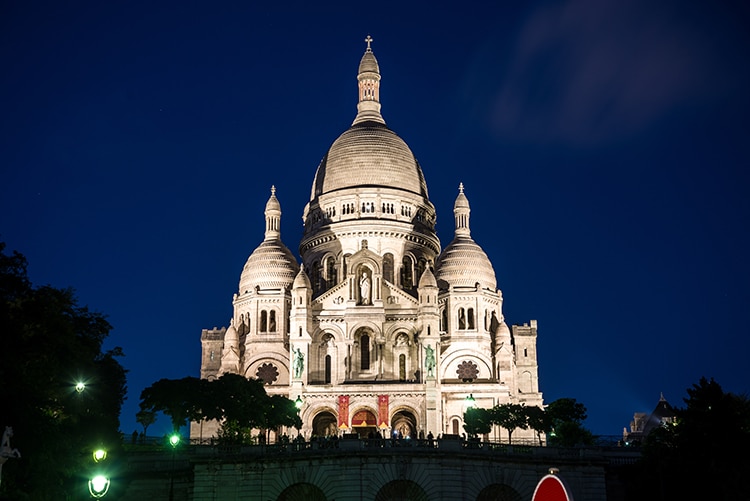
Sacré-Cœur Basilica, Montmartre. (Photo:Stock Photosfrom AVILLFOTO/Shutterstock)
Despite this seemingly-lowly form of entertainment, cabarets attracted visitors from all social classes.
La Belle Epoquefor Artists
Le Bateau Lavoir, studio space of Modigliani and Picasso among others.
Montmartre was attractive to the literary arts as well.
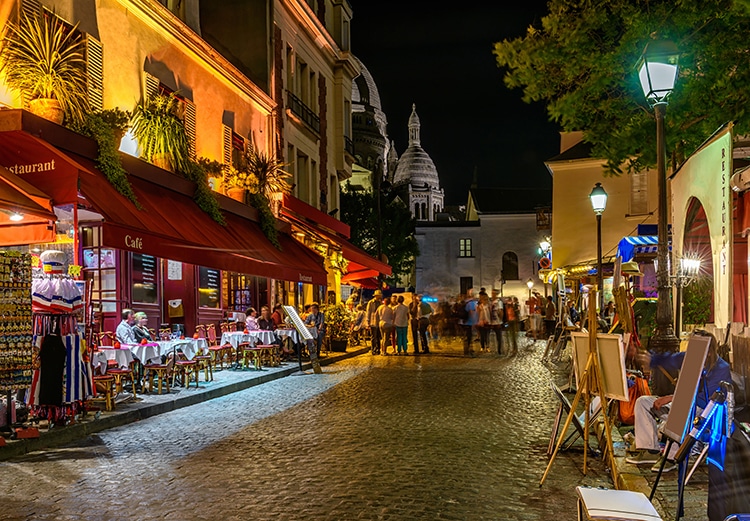
Montmartre cafe at night. (Photo:Stock Photosfrom CATARINA BELOVA/Shutterstock)
American expatriate Langston Hughes spent time in the area, as did Emile Zola.
View of Paris from Vincent’s Room in the Rue Lepic, by Vincent van Gogh, 1887.
(Photo:Wikimedia Commons, Public domain)
These resident artists painted many odes to Montmartre.
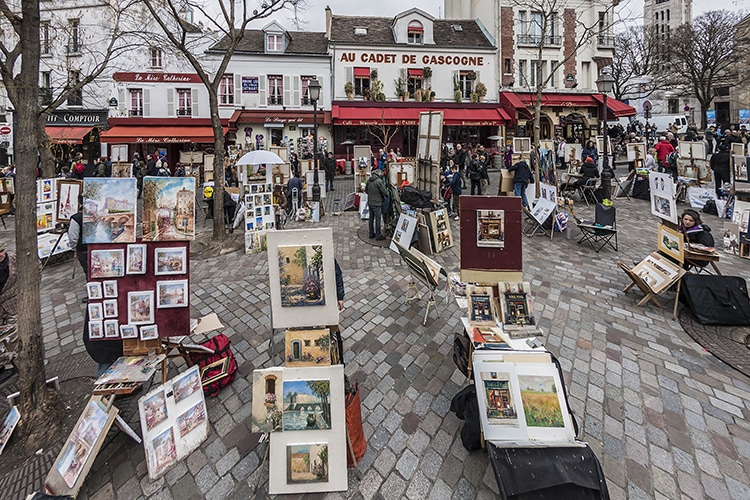
Place du Tertre in Montmartre, Paris. (Photo:Stock Photosfrom KIEV.VICTOR/Shutterstock)
Van Gogh’s Montmartre series was painted over two years in residence in the arrondissement.
Recently, anever-before-displayed workfrom the seriesentitledStreet Scene in Montmartreemerged from a private collection.
This latter windmill is also featured in Renoir’s famousBal du moulin de la Galette(1876).
The festive painting shows lively crowds enjoying a sun-dappled day under the lanterns.
Sacre-Cur at Its Heart
Sacre-Cur Basilica, Montmartre.
(Photo:Stock Photosfrom AVILLFOTO/Shutterstock)
Visitors today will first notice the Basilica Sacre-Cur upon entering Montmartre.
Atop the hill, the white-domed church is illuminated at night.
From the stairs which lead to its entrance, one can gaze out over Paris.
This famous church was built between 1875 and 1914 based on the designs of Paul Abadie.
The enormous basilica made a statement in the center of the eccentricand at times revolutionaryneighborhood.
Montmartre cafe at night.
(Photo:Stock Photosfrom KIEV.VICTOR/Shutterstock)
The Montmartre neighborhood is one of the most-visited areas of modern Paris.
The hill can be accessed by sloping streets, long stairs, or a funicular (cable car).
Painted by Raphael Toussaint and Picasso, this is a must-see.
Despite the tourists, the area still boasts cafes and cabarets in which anyone could find inspiration.